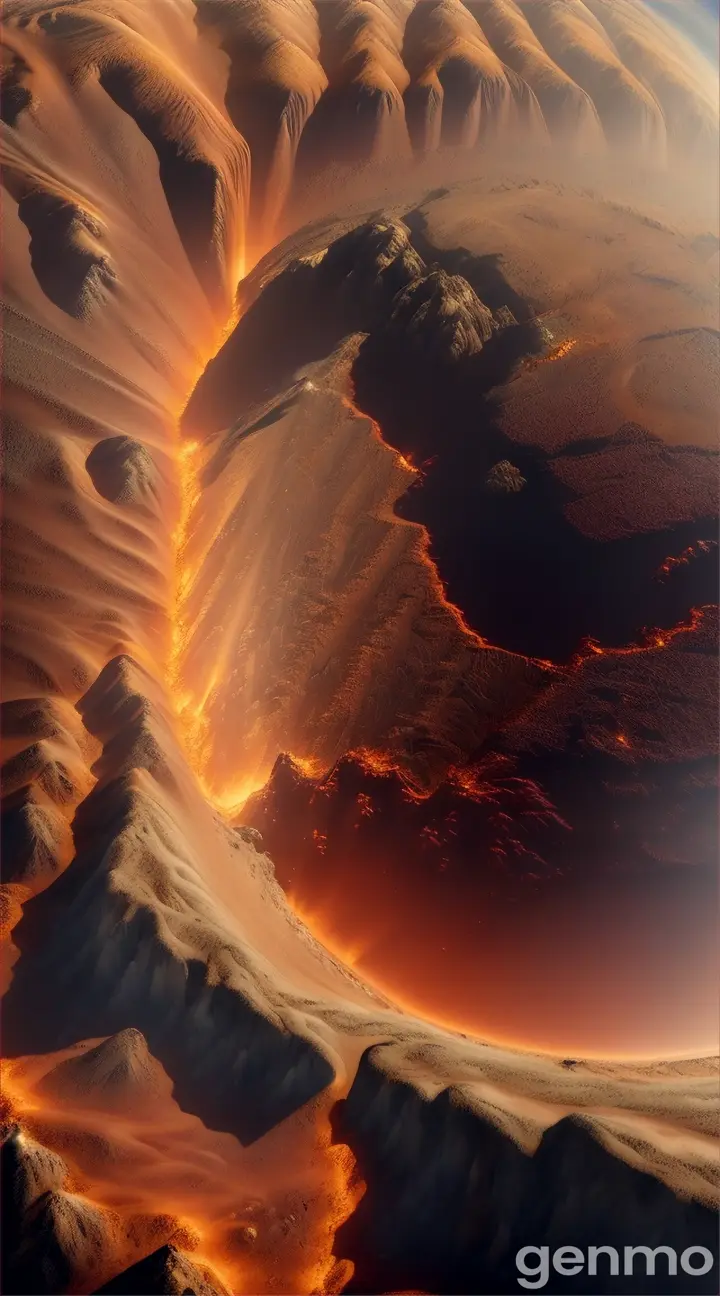UnsparingTama...9mo ago
Loading...

Prompt
The camera zooms out from Venus to show it glowing intensely, transitioning to a side-by-side comparison of Venus and Earth. Venus glows a brilliant orange-red while Earth appears cool and blue.
Seed235837541
